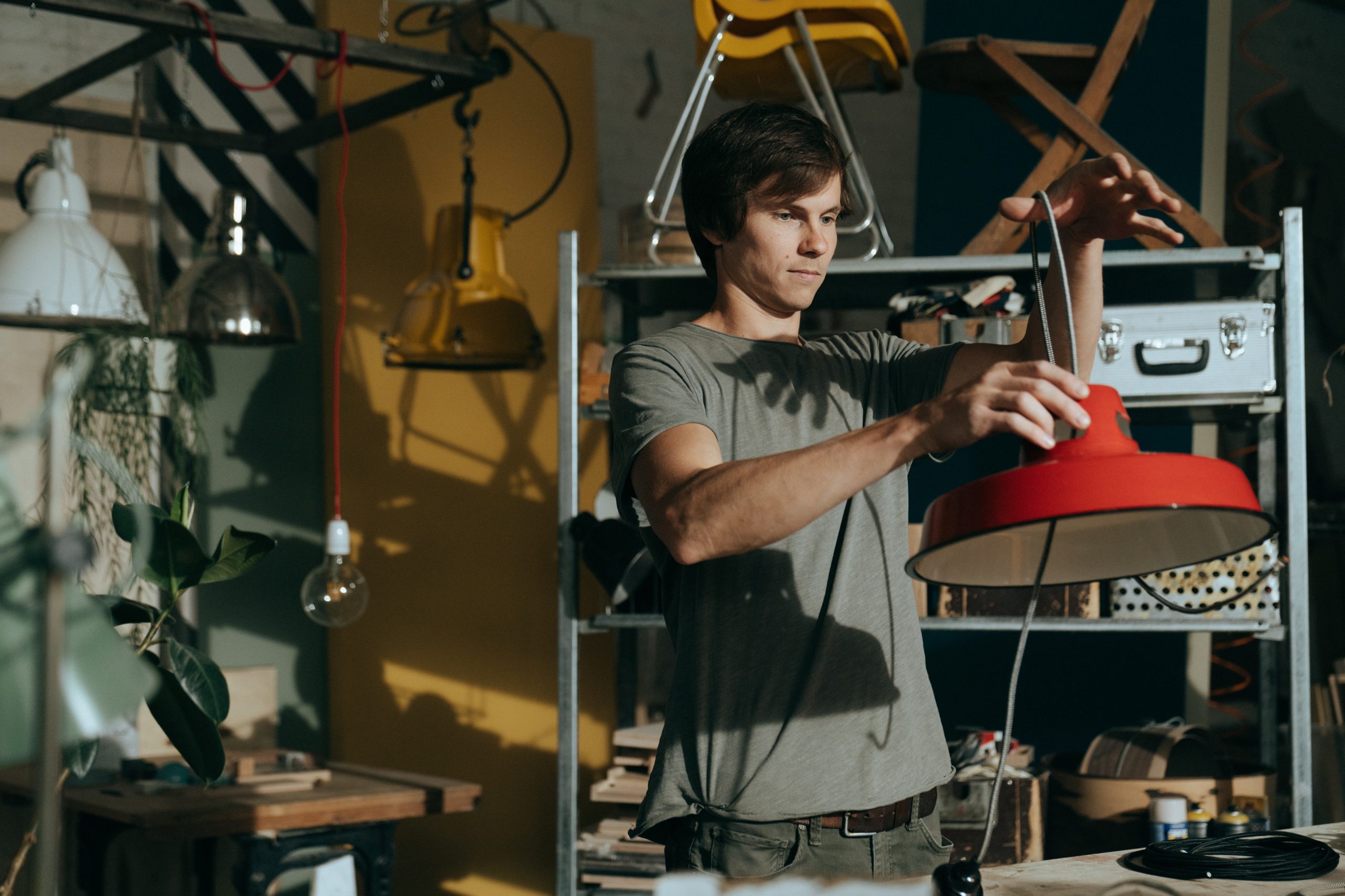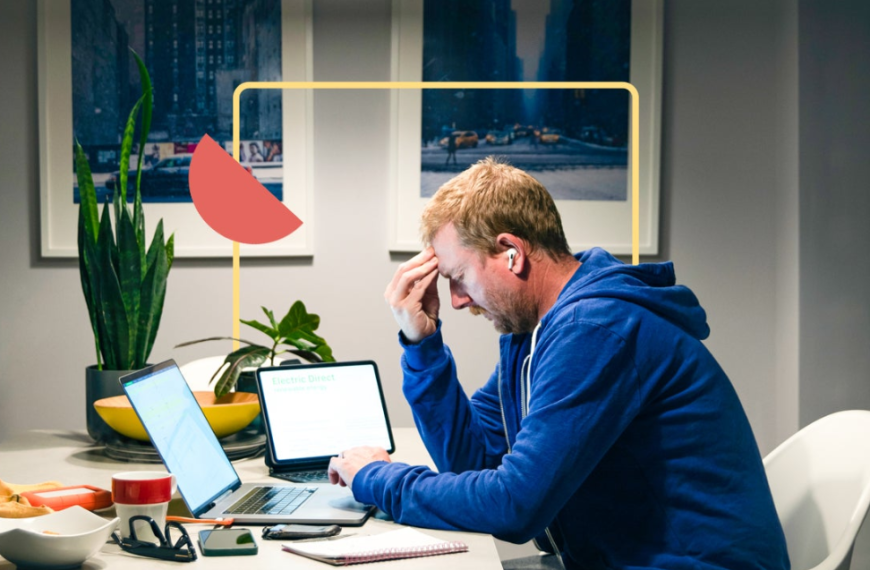In a world dominated by consumerism and rapid technological advancements, a remarkable counter-movement has gained momentum—the DIY (Do It Yourself) culture. Encouraging individuals to take control of their creative endeavors, this trend champions creating, repairing, and repurposing items over relying solely on commercial products and services. What sets this movement apart is its fusion with mindful living, enabling individuals to express their ingenuity while simultaneously economizing.
A Return to Self-Reliance
The resurgence of the DIY culture harks back to an era when self-sufficiency wasn’t a luxury but a necessity. In generations past, people routinely mended clothes, repaired furniture, and even crafted their tools, passing these invaluable skills through familial and communal channels. However, the rise of mass production and outsourcing gradually eroded these abilities.
Today’s rekindling of the DIY spirit represents a reclamation of self-reliance. As people learn to fix appliances, sew garments, and nurture gardens, they regain a sense of agency over their lives. Engaging in DIY projects not only empowers individuals but also helps them break free from the cycle of disposable items and wasteful consumerism.
In today’s fast-paced world, many yearn for meaningful outlets. DIY projects offer a solution by providing an avenue for self-expression through hands-on design, construction, and crafting. Whether transforming furniture, concocting skincare products, or personalizing home decor, these projects empower individuals to infuse their distinct essence into each creation.
Moreover, the gratification derived from completing a DIY project is unparalleled. Bringing a envisioned idea to life fosters a sense of accomplishment and bolsters self-esteem. This emotional reward proves as valuable as the financial savings garnered from DIY endeavors.
Frugality and Sustainability
Living frugally isn’t tantamount to deprivation; it’s a strategic choice that prioritizes value and sustainability over fleeting trends. The DIY culture seamlessly aligns with this ethos. By investing time in crafting or repairing items, individuals reap substantial monetary savings.
Consider home repairs, for instance. Enlisting professional help can swiftly escalate costs, but armed with basic tools and a bit of know-how, many of these tasks can be tackled independently. From fixing faucets to patching up wall holes, DIY skills translate to enduring fiscal savings.
Positive Environmental Impact
For frugal living enthusiasts, the DIY culture has an additional virtue—the positive environmental impact. The current linear consumer model—produce, use, discard—contributes significantly to waste and pollution. Conversely, DIY practices embrace a circular approach, emphasizing repair, repurpose, and reuse. This mindset curtails demand for new products.
As opposed to discarding flawed clothing, DIY enthusiasts can learn to mend and modify them, extending their lifespan and diminishing the need for fresh production. This conscious choice reduces the environmental toll associated with fashion consumption.
Knowledge Sharing and Learning
At the heart of the DIY culture lies a vibrant knowledge-sharing ecosystem. Online platforms, social media groups, and local workshops have emerged as hubs where individuals exchange ideas, techniques, and advice for troubleshooting. By democratizing skills, these platforms dismantle barriers that traditionally impede learning opportunities, empowering anyone with a desire to acquire new competencies.
For those inclined toward a frugal lifestyle, the DIY culture presents a compelling advantage. Through tutorials and affordable workshops, people can acquire the skills to repair, create, or repurpose items, yielding substantial financial savings. This not only slashes expenses but also nurtures self-reliance.
However, it’s essential to recognize that the DIY culture is not without its challenges. Engaging in DIY projects necessitates time, patience, and a willingness to learn from mistakes. What initially appears simple might evolve into a complex task. Yet, these challenges are integral to the learning process, with the ensuing sense of accomplishment justifying the effort invested.
It’s important to acknowledge that not all projects are suitable for the DIY approach. Some tasks demand expertise, specialized tools, or safety precautions that novices might lack. In such cases, seeking professional assistance could be more cost-effective and safer in the long run.
The DIY Solution to Throwaway Culture
The DIY culture acts as a potent antidote to the prevailing throwaway culture. By embracing DIY practices while adhering to a frugal mindset, individuals tap into their potential while diminishing their environmental footprint. Furthermore, they gain control over their consumption patterns, an empowering experience that redefines true wealth as residing not in material possessions but in the knowledge, skills, and experiences accumulated along the journey. Rather than mere consumption, the path of a DIY lifestyle invites creation, repair, and reimagination, underscoring the essence of authentic prosperity.








